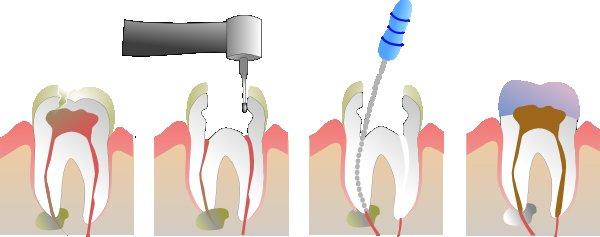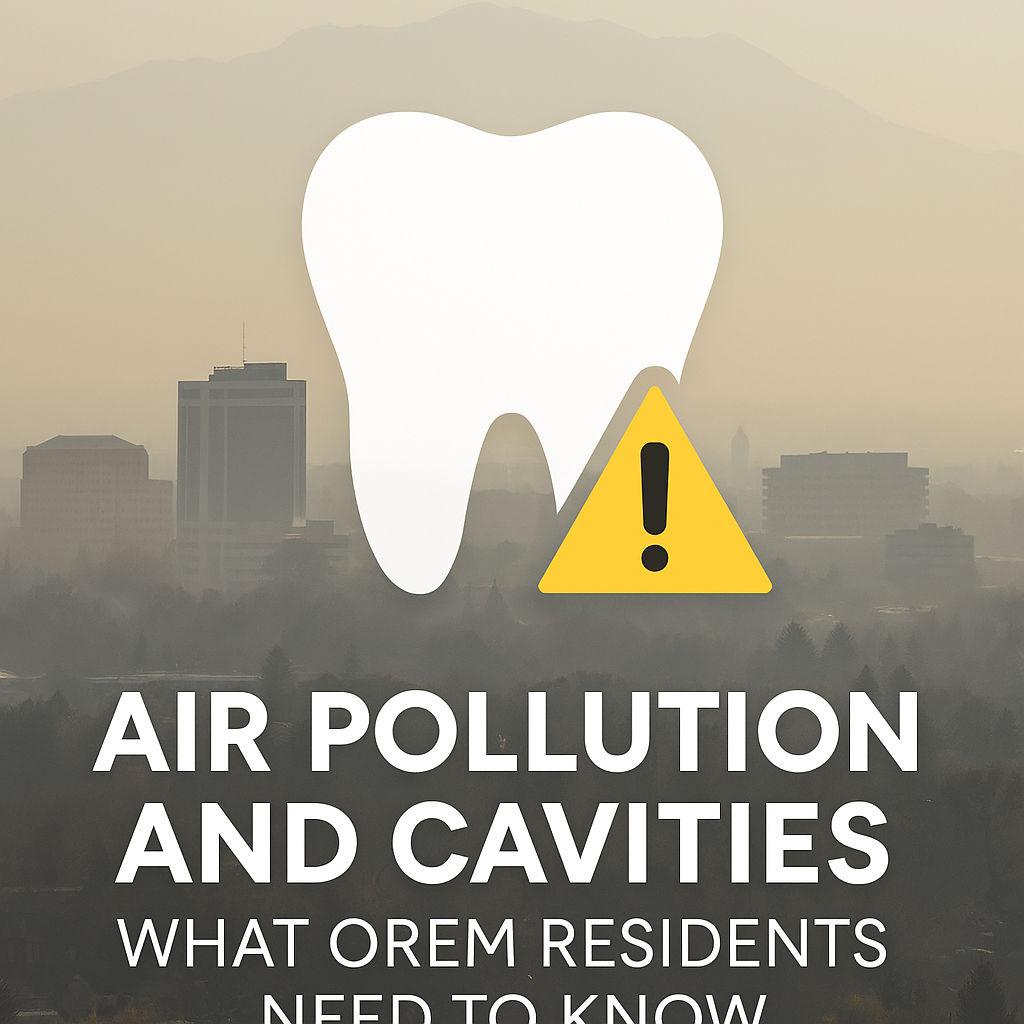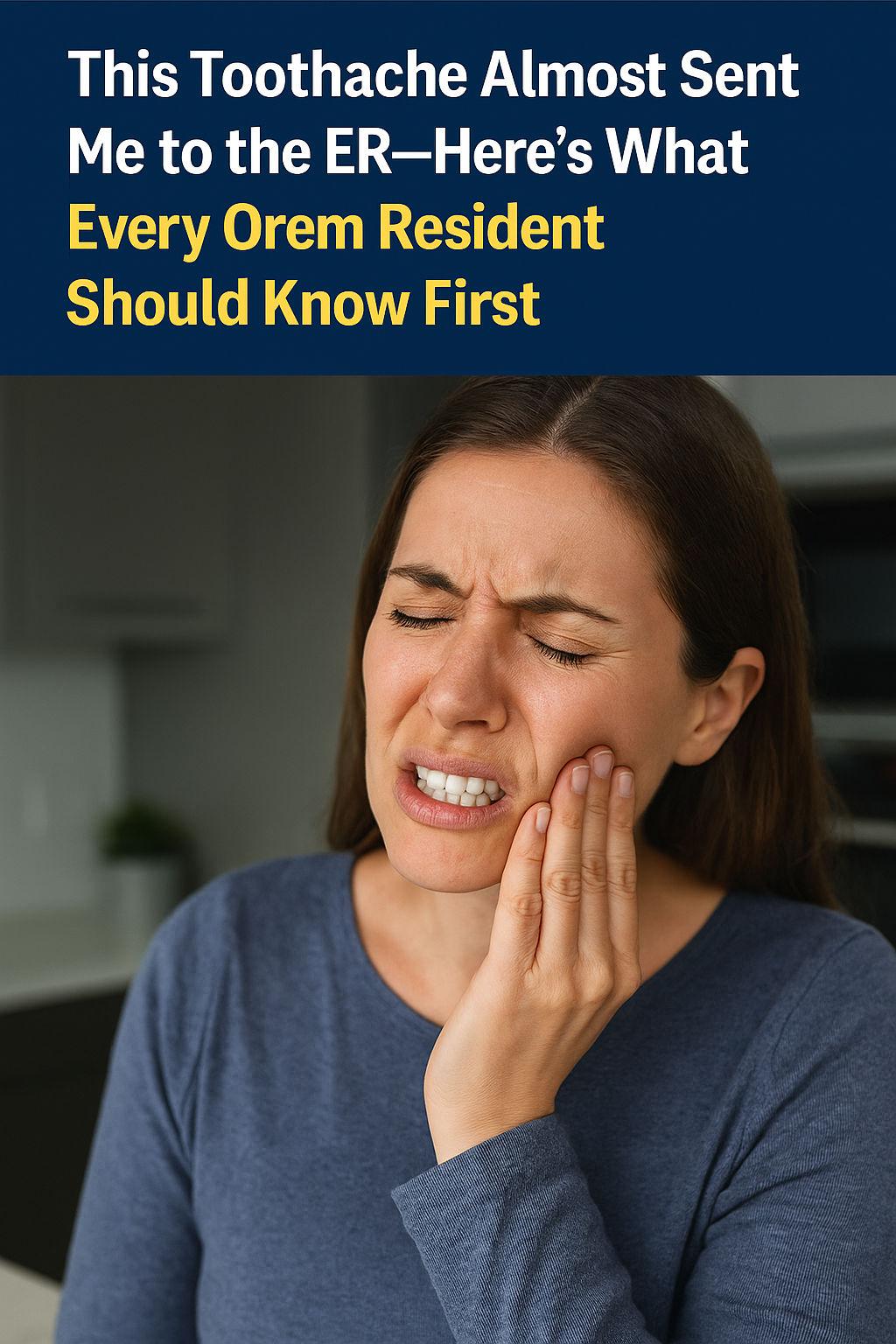Blog Highlights
- Often when we hear the phrase “root canal” we immediately cringe
- Root canal therapy is a dental treatment that involves removing infected pulp from a tooth
- In order to prevent root canals, it’s imperative that you practice good oral hygiene
Back in 2005, there was a dentist who decided that root canals were truly misunderstood. He decided to create Root Canal Appreciation Day to draw attention to the importance of root canals.
Often when we hear the phrase “root canal” we immediately cringe, thinking about all the pain they supposedly cause. Rarely do we stop to consider that because of root canals we can keep teeth that might otherwise need to be fully extracted. Root canals help us retain our original, natural teeth.
What Is a Root Canal?
Root canal therapy is a dental treatment that involves removing infected pulp from a tooth. The pulp of the tooth houses the nerves and blood vessels of the tooth. If this tissue becomes infected or inflamed and is left untreated, you risk losing the tooth and sustaining damage to the bone around the tooth. During a root canal the tooth is saved. The infected dental pulp is removed, the tooth is filled, and finally capped.
Root canals typically happen over the course of two appointments. The first step in a root canal is cleaning the tooth. The dentist will clean the tooth from the middle to its roots using tiny dental brushes. You may need to get some x-rays to help the dentist see the tooth more clearly. During your second visit to the dentist, the tooth will be cleaned once more with an antibacterial fluid. Then, your dentist will fill the tooth with rubber and seal it permanently. To finish, they will cap the tooth with a crown.
It’s important to follow up with your dentist after the root canal. They will most likely want to take another x-ray to make sure the tooth is free of infection and healing properly.
When a Root Canal is Needed
A root canal is needed when a tooth becomes infected. Early signs of infection or problem that may require a root canal include dull, throbbing pain around one tooth or several teeth. You may also experience long-lasting sensitivity to hot or cold foods and drinks. Another sign is a bad taste or smell in your mouth.
These symptoms may not necessarily require a root canal, but if you start to experience any of these signs it’s a good idea to visit your dentist. Identifying and treating dental issues early can save you a lot of pain and trouble in the future.
How to Prevent a Root Canal
In order to prevent root canals, it’s imperative that you practice good oral hygiene. Brush your teeth twice a day, floss regularly, and visit your dentist every six months for a check up. It’s also highly recommended that you avoid smoking and maintain a healthy died. Restrict the amount of sugary foods and drinks you consume.





